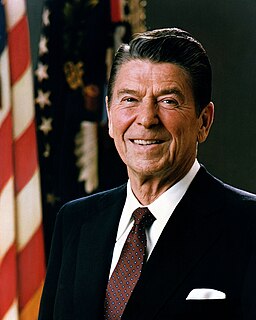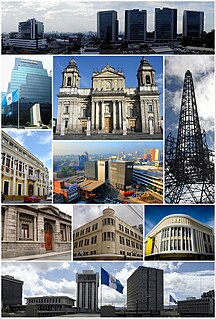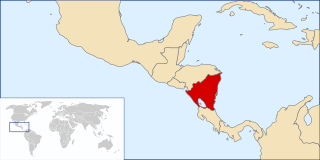This article includes a list of references, related reading or external links, but its sources remain unclear because it lacks inline citations .(January 2013) (Learn how and when to remove this template message) |
The Nicaraguan Democratic Union (UDN, Unión Democrática Nicaragüense) was founded in late 1980 by José Francisco Cardenal, an early leader of the anti-Sandinista rebel movement that became known as the Nicaraguan Contras. The UDN was based in Miami, Florida, among its growing community of exiles from Nicaragua's middle class. It established an armed wing, the Nicaraguan Revolutionary Armed Forces (FARN, Fuerzas Armadas Revolucionarias Nicaragüenses).
José Francisco Cardenal was a Nicaraguan businessman who became known as one of the most pugnacious opponents of the Somoza and then the Sandinista regimes of Nicaragua, and played an important role in the early days of the Contra rebellion.

The Contras were the various U.S.-backed and funded right-wing rebel groups that were active from 1979 to the early 1990s in opposition to the socialist Sandinista Junta of National Reconstruction Government in Nicaragua. Among the separate contra groups, the Nicaraguan Democratic Force (FDN) emerged as the largest by far. In 1987, virtually all contra organizations were united, at least nominally, into the Nicaraguan Resistance.
Contents
The UDN attracted interest from the steadfastly anti-Sandinista Reagan Administration, and also received limited funding from Argentina's military junta. However, they conditioned further aid on the UDN unifying its efforts with those of former National Guardsmen who had served the Somoza regime.

Ronald Wilson Reagan was an American politician who served as the 40th president of the United States from 1981 to 1989. Prior to his presidency, he was a Hollywood actor and union leader before serving as the 33rd governor of California from 1967 to 1975.

Argentina, officially the Argentine Republic, is a country located mostly in the southern half of South America. Sharing the bulk of the Southern Cone with Chile to the west, the country is also bordered by Bolivia and Paraguay to the north, Brazil to the northeast, Uruguay and the South Atlantic Ocean to the east, and the Drake Passage to the south. With a mainland area of 2,780,400 km2 (1,073,500 sq mi), Argentina is the eighth-largest country in the world, the fourth largest in the Americas, and the largest Spanish-speaking nation. The sovereign state is subdivided into twenty-three provinces and one autonomous city, Buenos Aires, which is the federal capital of the nation as decided by Congress. The provinces and the capital have their own constitutions, but exist under a federal system. Argentina claims sovereignty over part of Antarctica, the Falkland Islands, and South Georgia and the South Sandwich Islands.
The National Guard was a militia and a gendarmerie created during the occupation of that country by the United States from 1909 to 1933. It became notorious for human rights abuses and corruption under the regime of the Somoza family.
Cardenal accepted, creating a merged organization, the Nicaraguan Democratic Force (FDN). Dissenters broke away over the issue and continued to call themselves the UDN-FARN. The FDN would grow into the dominant Contra organization, but Cardenal himself soon fell out of power after alienating his allies in the Contra movement. The breakaway UDN-FARN, under Fernando "El Negro" Chamorro, remained a small force throughout the war.
The Nicaraguan Democratic Force was one of the earliest Contra groups, formed on August 11, 1981 in Guatemala City. It was formed to oppose Nicaragua's revolutionary Sandinista government following the 1979 overthrow of Anastasio Somoza Debayle. It merged the 15th of September Legion, which comprised mostly former members of Somoza's National Guard, with the Nicaraguan Democratic Union, an organization of émigrés from the business and professional classes. The new FDN also began assimilating the MILPAS movement, bands led by disenchanted former MAP-ML guerrillas. The FDN military was under the command of former National Guard colonel Enrique Bermúdez. The FDN was heavily backed by the Central Intelligence Agency and the Reagan administration.
Fernando Chamorro Rappaccioli, known as "El Negro" ("Blackie") for his dark complexion, was a longtime Nicaraguan rebel fighting both the Somoza and Sandinista regimes. Efforts to build a Contra Southern Front around him played a part in the Iran-Contra Affair.






